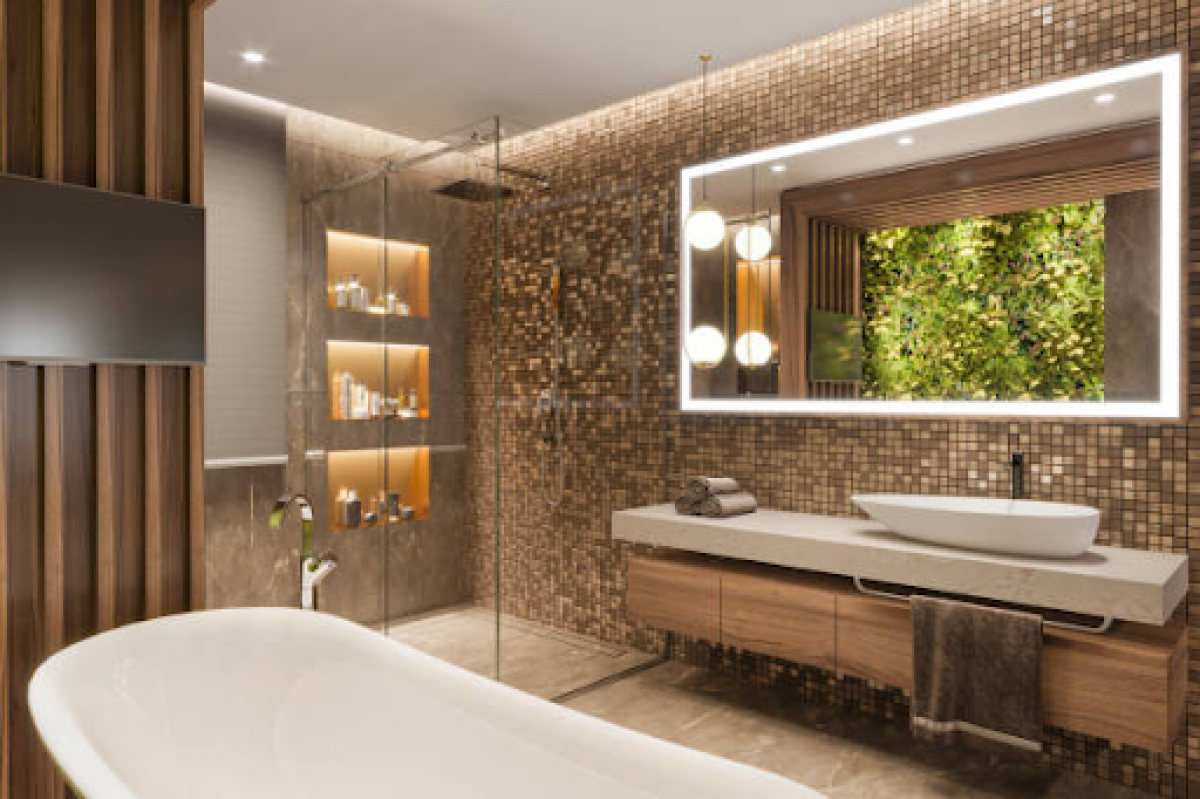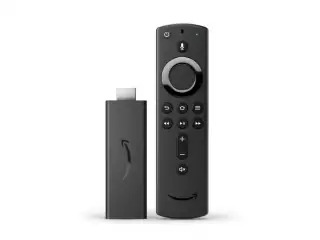Waste Drains 101: Understanding Different Types and Their Uses in Modern Bathrooms

Strong 8k brings an ultra-HD IPTV experience to your living room and your pocket.
Waste drains might not be the first thing that comes to mind when designing or renovating a bathroom, but they are one of the most important components. Without a properly functioning drain system, a bathroom can quickly become unusable. Understanding the various types of waste drains available today can help homeowners, contractors, and designers make informed choices that contribute to both functionality and aesthetics.
Modern bathrooms have evolved from simple washrooms into stylish and highly functional spaces. As a result, even something as fundamental as a drain must be selected with care. The market now offers a wide variety of waste drain types, each suited for specific needs, surfaces, and layouts. This blog breaks down the most commonly used bathroom waste drains and how they work, helping you understand which type best fits your requirements.
What Is a Waste Drain?
A waste drain, also known as a waste outlet, is a plumbing fixture that allows used water to flow out of sinks, showers, bathtubs, or floors into the drainage system. It is the unseen hero that quietly ensures cleanliness and hygiene in bathrooms. The waste drain comprises several components, such as the grate or cover, trap, and outlet pipe.
The primary purpose is simple: to allow water to leave the bathroom quickly and efficiently while preventing sewer gases from entering the space. However, with advancements in design and materials, waste drains have now become more refined, efficient, and visually appealing.
Types of Waste Drains in Modern Bathrooms
Let’s look at the various types of waste drains commonly used in today’s bathrooms and where they are typically installed.
1. Floor Waste Drains
Floor waste drains are often found in the shower area or as a general drain in the bathroom floor to handle accidental water spills. They can also act as an overflow system in case of flooding. Typically, floor waste drains are circular or square with a visible grate. These are usually made of stainless steel or PVC.
Modern versions come with removable grates for easy cleaning. Some are designed with odor traps that prevent foul smells from rising through the drain. Floor drains should be strategically placed to avoid water pooling in unintended areas.
2. Shower Drains
Shower drains have become more specialized with the evolution of shower designs. The two most common types are center drains and linear (or channel) drains.
Center Drains: These are positioned in the center of the shower floor. They are traditional and efficient, usually round in shape, and suitable for showers with sloped tile layouts.
Linear Drains: These are long, narrow drains placed along one side of the shower. They are popular in modern bathrooms for their sleek appearance and superior drainage performance. Linear drains make it easier to use larger tiles, reducing grout lines and giving the bathroom a more streamlined look.
Both types must be installed correctly to prevent backflow or water collection.
3. Basin Waste Drains
The basin waste is the part that connects the bathroom sink to the drainage system. These come in several varieties:
Plug and Chain Waste: This traditional model includes a removable plug attached to a chain. It’s simple, budget-friendly, but less common in modern setups.
Pop-Up Waste: Operated by a lever behind the faucet or a push mechanism, pop-up wastes are sleek and user-friendly. They’re ideal for contemporary sinks.
Click-Clack Waste: These function by pressing down the stopper to open or close the drain. They’re easy to use and widely adopted in modern vanities.
The type of basin waste selected depends on the style of the sink and personal preference for usability and maintenance.
4. Bathtub Waste Drains
Bathtubs use a combination of an overflow and waste drain. Together, they prevent flooding and manage used water efficiently. These drains can be operated manually with a plug or automatically using integrated systems.
Exposed Overflow Kits: The mechanism is visible from the front of the tub and is often selected for freestanding tubs.
Concealed Waste Kits: These are installed within the bathtub body or wall and offer a cleaner finish.
Today’s bathtub waste kits often come in brushed brass, matte black, or polished chrome to match faucet finishes and improve overall aesthetics.
Materials Used in Waste Drains
Choosing the right material is essential for the durability and functionality of your bathroom waste drains. Here are the most common materials used:
1. Stainless Steel
Stainless steel is the most durable and hygienic option. It resists rust, corrosion, and discoloration. It’s also easy to clean and maintain, making it ideal for both residential and commercial use.
2. PVC (Polyvinyl Chloride)
PVC is a cost-effective and lightweight material. While not as durable as metal, it is resistant to chemical corrosion and is ideal for underfloor or behind-wall piping systems.
3. Brass
Often used in visible fittings for basins and bathtubs, brass offers both strength and aesthetic value. It is often coated in various finishes to match bathroom decor.
4. ABS Plastic
ABS is similar to PVC but with greater impact resistance. It's often used in pop-up waste systems due to its ability to handle pressure and wear.
Choosing the Right Drain for Your Bathroom
The selection depends on various factors including:
Bathroom layout: Floor slope, drain location, and water flow must be considered.
Tile size and type: Larger tiles often go better with linear drains.
Design style: For a minimalist look, concealed or channel drains work best.
Maintenance preference: Removable grates and anti-odor traps make cleaning easier.
Budget and material choice: A balance between function and appearance is crucial.
Drain Maintenance and Cleaning
Even the most advanced drain systems require routine maintenance to prevent blockages and odors. Here are some quick tips:
Remove hair and debris regularly from visible grates.
Use mild cleaning agents to avoid damaging metal finishes.
Flush drains with hot water and vinegar monthly to reduce buildup.
Ensure drain covers and traps are secure and functioning.
Some modern drains come with easy-access covers that can be removed without tools, simplifying the cleaning process.
The Role of Waste Drains in Modern Design
Today’s bathrooms emphasize both function and appearance. A well-chosen waste drain can complement the design while offering reliable service for years. Slim linear drains, matte finishes, and hidden systems now contribute to the overall design narrative of modern bathrooms.
Pairing the right drain with other fixtures such as faucets, mirrors, and towel holders ensures a cohesive look. Many brands now offer matching sets to make this process easier, helping homeowners choose the best bathroom accessories in harmony with their preferred style.
Conclusion
While they may not be the most glamorous component in your bathroom, waste drains are essential to ensuring that the space functions properly and remains hygienic. From floor drains and shower channels to basin and bathtub waste systems, there’s a wide range of options tailored to modern needs and tastes.
Understanding the different types, materials, and installation requirements helps in selecting the right solution for your bathroom. Whether you're building new or upgrading an existing setup, investing in high-quality waste drains is a smart move for both convenience and long-term value.
Note: IndiBlogHub features both user-submitted and editorial content. We do not verify third-party contributions. Read our Disclaimer and Privacy Policyfor details.







